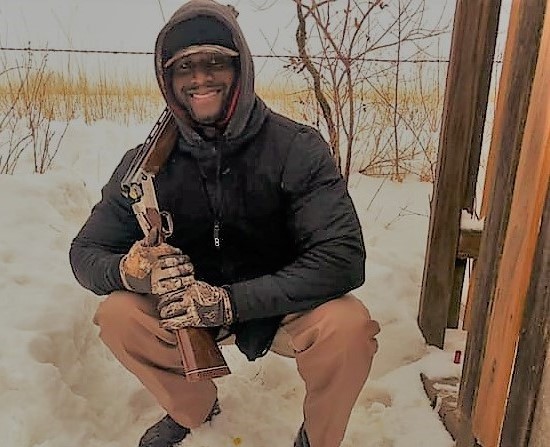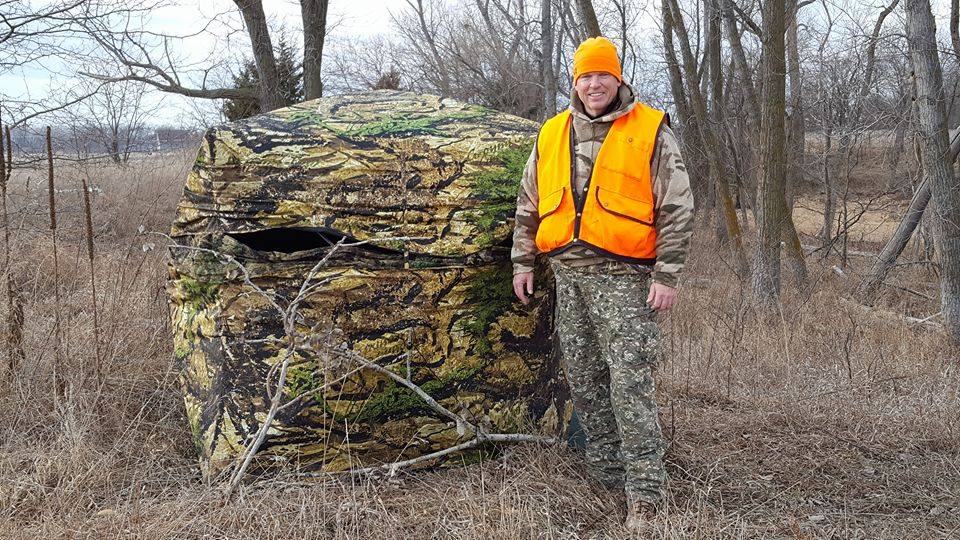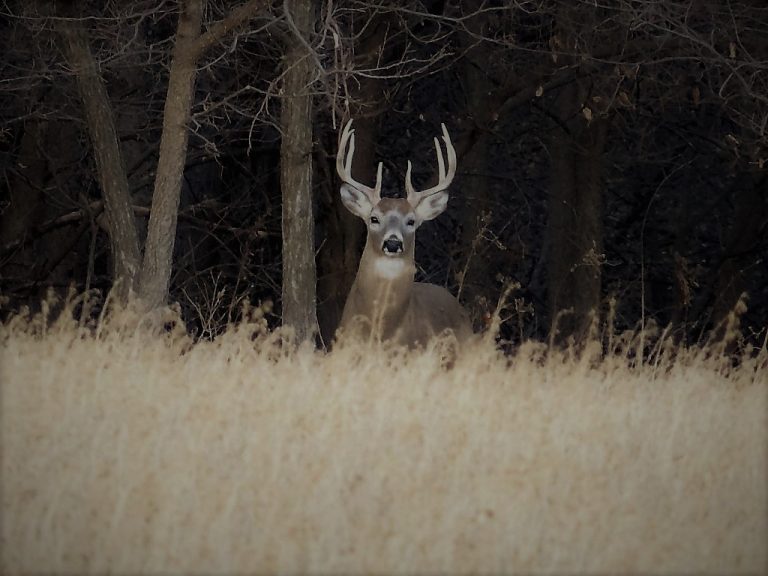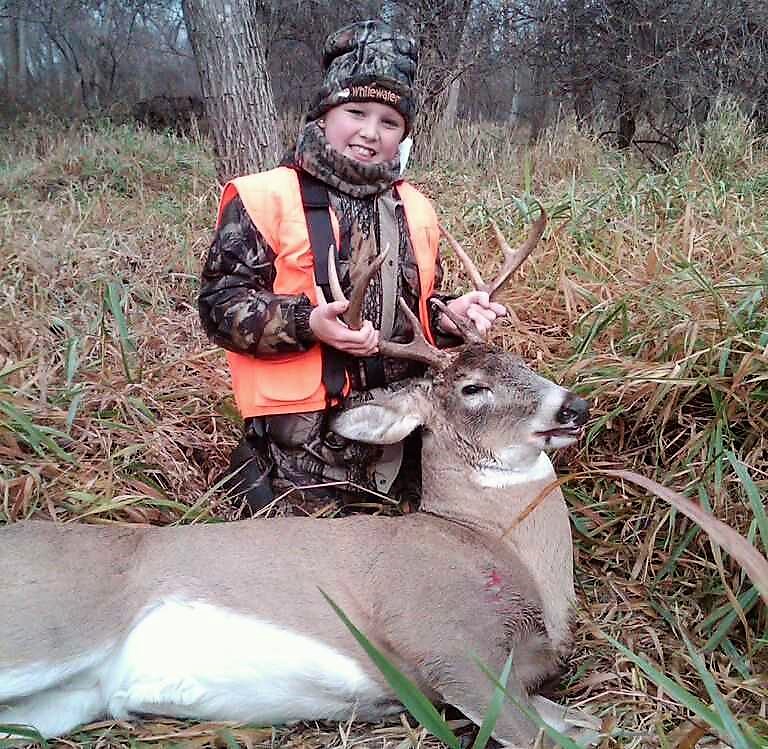One of the most amazing experiences in the hunting lifestyle is taking a new hunter to the field repetitively. I have mentored new hunters for some time and encourage any of you who hunt to join our cadre.
Mentoring apprentice hunters should start with our own family or friend networks, however, be on the lookout for aspiring hunters in all sorts of unexpected places. It is now vital to reach out to new and different audiences who are eager to hunt.

Interestingly, there are more incentives than ever before to get you, an avid hunter, to take a new hunter to the field. Consider our new, exciting Take ‘Em Hunting Challenge! Get all the details about the challenge here.
Unquestionably, taking a newcomer to the field should be a top priority for each of us who hunt! It not only represents an investment in the future of our hunting heritage and conservation of our natural resources, but you’ll discover that it is more rewarding than you could ever, ever imagine.
It will change your approach to hunting and make you a better all-around hunter. After all, I have always said that it is more enjoyable to be a guide for a beginning hunter than it is for me, the veteran hunter, to bag a game bird or check in a big game animal!
Remember, for a new hunter, the initial days spent afield hunting are critical. The whole experience needs to go well. If there is frustration, the novice hunter will not want to return. So, there are some key things to know to ensure the hunting trip goes well for the newcomer.
Here are 16 tips for you to keep in mind when you’re planning to take that new hunter to the field.
(1) Involve the newcomers in the entire process. It is important for new hunters to understand the process of the hunt from beginning to end. It starts with checking requirements and regulations and goes to organizing gear and target shooting and wraps up with cleaning, cooking and eating the healthy quarry. Encourage your mentee to share their flavorful wild game meat entrees with others!
(2) Wear the right clothing, take note of other items. Novice hunters must be comfortable in the field and the appropriate clothing for the weather is a must. The layering technique is best, and don’t forget the blaze orange to be seen! Also, take note of other items that make the hunting experience cozier such as hand warmers, foot warmers and portable propane heaters, if applicable.
(3) Bring the binocs. Oh yeah, one piece of equipment that helps keep new hunters focused and occupied while hunting is the use of binoculars or other similar optics. Have them continually scan field and woodland edges for movement of game.
(4) Pack the snacks and drinks. I cannot stress to you how essential it is to pack some snacks (and quieter ones at that) and bring some water on the hunting adventure. A couple of sandwiches, some soft granola bars or fruit along with a few bottles of water would be recommended. Nothing though beats a thermos of hot chocolate on a cold day!
(5) Allow the mobile device. It is no secret that many of us, especially younger folks, love technology. Let your tenderfoots tote their Android or iPhone on the hunt. Allow them to use that mobile device to highlight and share the experiences of being in the field with photos and videos posted on social media.
(6) No buddies and leave your own firearm or bow at home. Don’t bring any of your buddies on the hunt and leave your own firearm or bow at home. As the sole individual with a firearm or bow, the new hunter sets the pace of the hunt and allows you to focus on them. You can hunt with your buddies another day!
(7) Pack your patience, no competition, be positive and make it a good time. Remember to be patient, not make hunting a competitive thing or put pressure on killing an animal. Accent the positives and above all keep the mood lighthearted — make it fun, make it social! I like to let new hunters blow game calls (e.g. waterfowl, deer) or scratch a turkey call. Additionally, Nebraska’s Controlled Shooting Areas or hunting preserves are excellent places for starter upland game bird hunts.
(8) Talk to the landowners. I always make it a point to have new hunters visit with landowners, especially in Nebraska where 97 percent of our land is under private ownership. I’ve even gone as far as to pre-arrange to have beginner hunters knock on doors and ask individual landowners for permission to hunt!
(9) Stress safety. Whether it’s muzzle control, unloading the shotgun before crossing fences, knowing the appropriate ‘zones of fire,’ and double checking the target and background before firing a shot, safety should always be paramount and constantly stressed! Regarding pheasant hunting, instruct newcomers not to shoot until the “rooster” command is given.
(10) Teach and preach conservation. Make certain your novice hunters understand why you’re planning to hunt in a certain area and point out the importance of having proper habitat. We are here in this location to target this game animal or bird at this time of day because of these key habitat components: ______, ______, ______ and ______.
(11) Play a fun ID game. Anyone new to hunting needs to comprehend the connections in nature as well as the role that nongame wildlife species play. One thing that my kids and I have always done is to enjoy a fun game of wildlife ID when our game species aren’t being seen. Whether it is plants, birds, mammals or even rocks, we try to assign points for what’s positively identified with a specific app, field guide or ID booklet.
(12) Include a ground blind, plus a small rug and shooting sticks. Forgiving on movement, protection from inclement weather and having that fortress-like feel, new hunters, particularly kids, love and appreciate being in portable, camouflage ground blinds while hunting. Along with the ground blind, it’s also a good idea to carry and utilize a small lightweight rug, perhaps a 6-foot by 6-foot piece of material to cover the floor of your blind to help curb sound, spot crawling insects and provide additional warmth. It is also critical to include a pair of shooting sticks to assist that new hunter with having a solid, sturdy rest to set that firearm or crossbow before a shot is taken.

(13) Go with a dog. If you have access to a well-trained, seasoned hunting dog for upland game or waterfowl hunting, use it! Good hunting dogs can be found on Nebraska’s licensed Controlled Shooting Areas or pay hunting preserves for pheasants and chukars. An effective hunting dog will give a novice hunter time to prepare for the shot and find downed birds in heavy cover or water. More importantly, there is something quite special about intently watching a good dog work. The real joy comes with the amiable interaction between hunters and dogs!
(14) Stop a lot. If you don’t have a dog for pheasant and quail hunting, walk very slowly and try stopping and standing still on a regular basis with new hunters. This tactic will give your newbies a chance to catch their breath and often makes rooster pheasants nervous causing them to flush for a shot.
(15) Keep the session short. If your kids or beginner hunters have complained about not being in the field for a long enough time to pursue game, you’ve done your job! Don’t wear them out! Keep them hungry to come back for another hunting session!
(16) Those memorable silly stories. Crazy hunting stories are never forgotten, even the minor details cling to the memories of first-time hunters through the years. Perhaps it was the time they stepped out of the deer hunting blind in the woods to take a bathroom break and stretch only to see the biggest white-tailed deer buck of their life staring at them from less than 25 yards away!

Happy hunting with your newcomers!

The post 16 Tips For Mentoring New Nebraska Hunters appeared first on Nebraskaland Magazine.
















